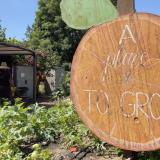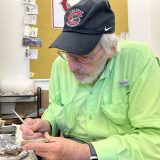
World Water Day and Your Backyard
March 22, 2015
World Water Day
was first established in 1993 by the United Nations General Assembly. Designating March 22 of every year to water, this year’s theme for World Water day is ‘Water and Sustainable Development,’ celebrating how water is linked to all areas of our lives.
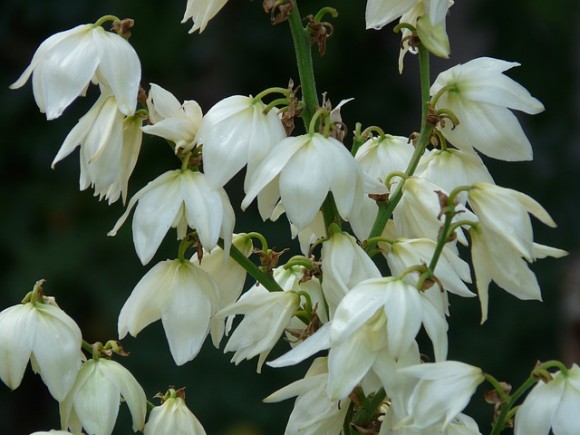
Yucca plant. A genus of perennial shrubs and trees in the plant family Asparagaceae, subfamily Agavoideae.
Particularly in the southern California region water has been a hot topic discussion. For the past four years, California has been in one of its harshest droughts to date. Scientists from
NASA confirm
that California has only about one year of water in reservoir storage and that current groundwater supply is low to support our populations.
Much of this has to do with human use of water and climate change. One professor with a passion for plant biology and restoration ecology knows all about this.
Dr. Jennifer L. Funk
, associate professor of
Chapman University
encourages Southern Californians to continue on with their daily lives while being conscious of the drought season.
Much of her research includes studies of Mediterranean-climate ecosystems, which are among the regions of the world most likely to be affected by climate change. Dr. Funk states that:
“Southern California is predicted to get drier over the next 50-100 years and my current research focuses on collecting critical information needed to restore coastal sage scrub the most endangered ecosystem ecosystem in the United States.”
Plants are an integral part of California’s ecosystem. Understanding their place may help us build better neighbourhoods and spaces where water is getting more scarce. Incorporating practical ways to save water may be as easy as looking at your backyard.
“More than half of residential water consumption is used for watering lawns and gardens.” Says Dr. Funk. “Homeowners need to re-think landscaping options given predictions for a warmer, drier future. Many people are getting rid of water-guzzling lawns and replacing them with beautiful, drought-tolerant plants that require very little water.”
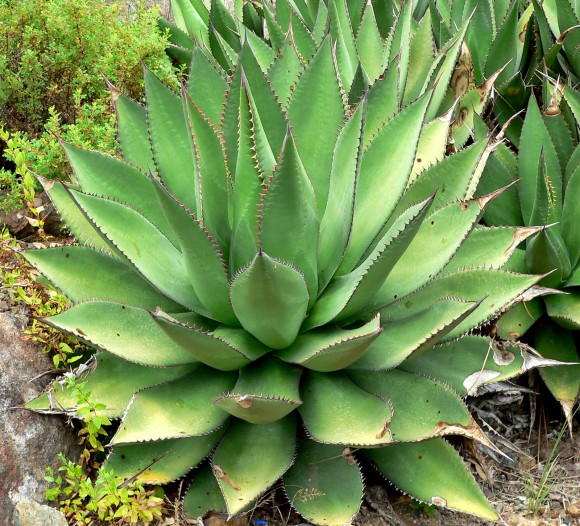
Agave Plant. Long-leaved succulent plant that naturally forms a rosette shape and produces a cup shaped flower. It is drought tolerant and perennial.
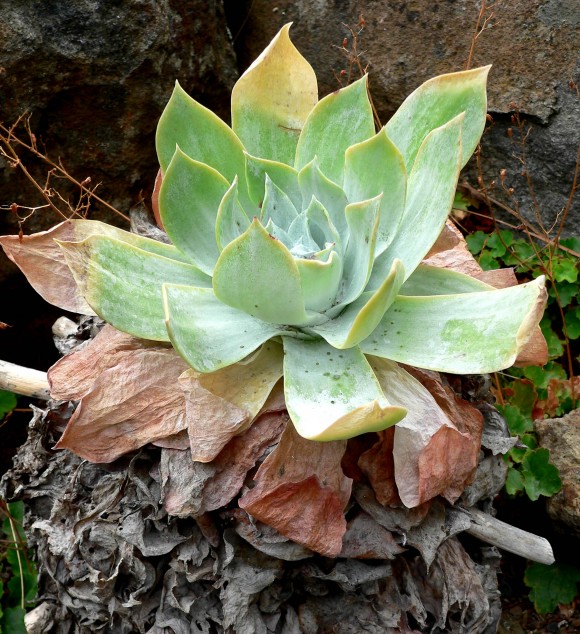
Dudleya Plant. Genus of succulent perennials of about 45 species in southwest North America.
Many of these plants are succulents such as agave, yucca and dudleya. Many native plant nurseries now carry more drought-tolerant plants. Home Depot and Lowe’s have been included into the mix, making it easy for water conscious citizens to spruce up their gardens. Dr. Funk also expresses that when selecting individual plants for your garden, include plants that flower at different parts of the year. This helps “to ensure that there is always a splash of color somewhere in your garden.”
Dr. Funk has many other areas of research and enjoys working with undergraduate students. Dr. Funk has also initiated a program for
Orange High School Students
who conduct research on how native and invasive plant species respond to drought.. For those interested in understanding how plants work and contribute to ecosystem processes,
The Funk Lab
may be worth venturing into.
